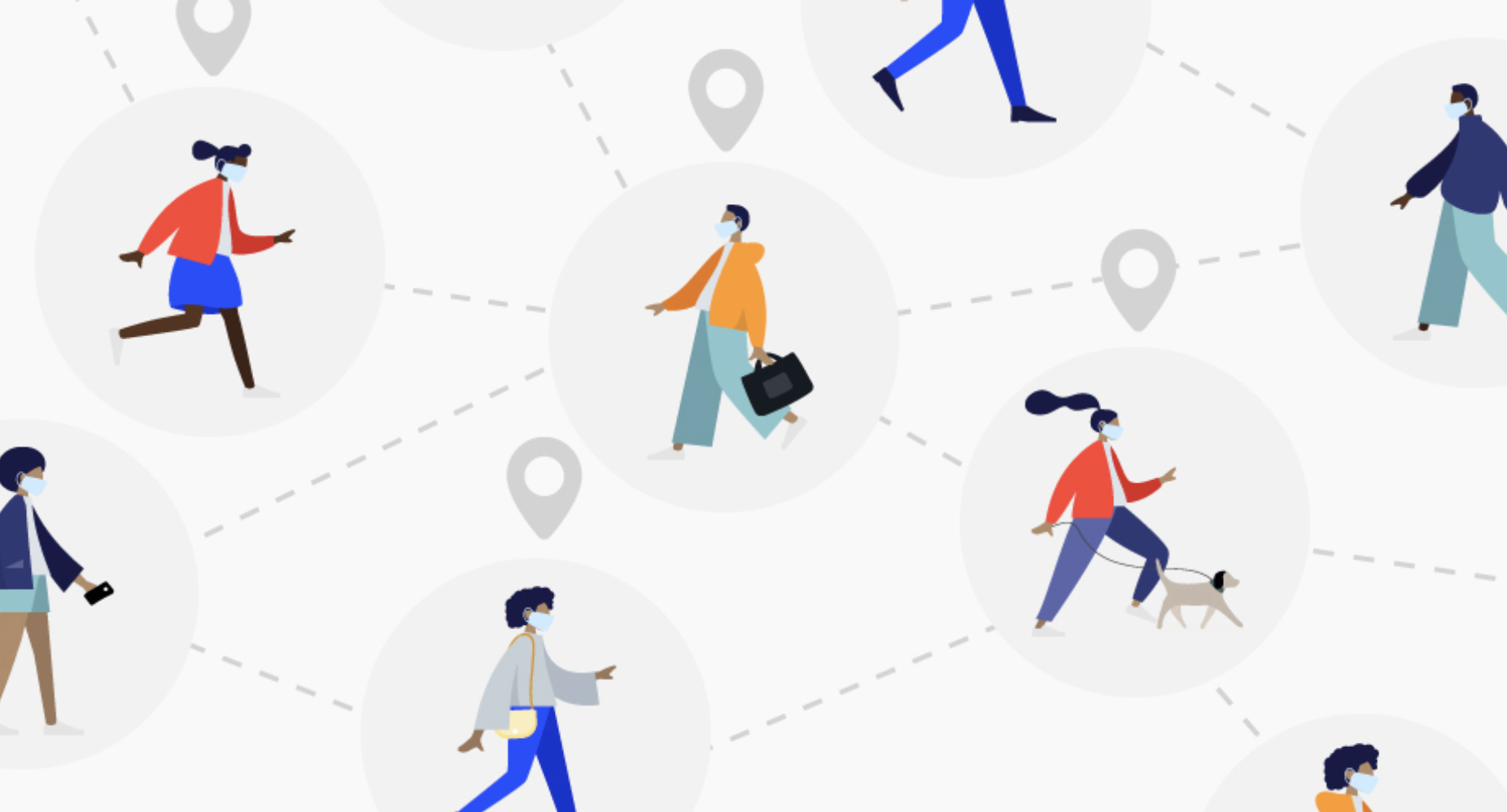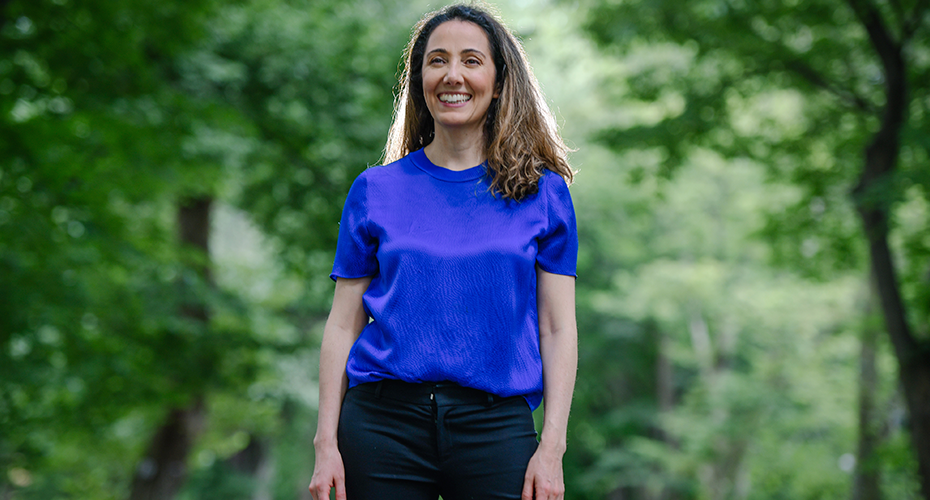Sep 4, 2020
'Time to double down on empathy'
Deadly viruses are nothing new to Dr. Pardis Sabeti. One of the world’s top geneticists and an infectious disease researcher at the Broad Institute in Cambridge, Mass., Sabeti first attracted global headlines when she led a team of scientists who investigated samples from Ebola patients in West Africa in 2015. The team’s genomic sequencing led to a crucial discovery early in the outbreak– the virus was being spread between humans, not from animals or mosquitos.
Now, Sabeti faces a pandemic on American soil – one that can spread from asymptomatic patients, and that has surged across the country with little restraint. Her work is more relevant than ever, as she and her colleagues work to find innovative ways to curb the new killer.
Sabeti spoke to Coverage about COVID-19 research underway at the Broad Institute, which was launched by Harvard University and MIT in 2004 to use genomics to advance our understanding of the biology and treatment of human disease, and to help lay the groundwork for a new generation of therapies. Sabeti also discusses the unique challenges of this pandemic, and the importance of empathy during outbreaks.

What are some of the important lessons you have learned in pandemic preparedness?
Many lessons I and others have discussed in previous pandemics are now widely understood, namely the importance of detecting outbreaks through contact tracing, before they have the chance to spread widely. From my experience on the frontlines of the Ebola epidemic, I have also learned how much our human behaviors become a part of the problem – this led me to write a book with journalist Lara Salahi, entitled “Outbreak Culture." “Outbreak Culture" explores how people working closely together in politics and science, combined with an insidious and deadly threat and perverse incentives to exploit vulnerabilities, create a crucible of paranoia, and fear. A dysfunctional “outbreak culture” poses a great threat to our ability to curb outbreaks and save lives, and we must continually watch for and dismantle toxic response systems where possible. I think people are still just beginning to understand the gravity of outbreak culture and how it is operating amid COVID.

What are some of the challenges you see on the horizon?
We need resilient communities to be able to do the best work against infectious disease. With our trust in our fellow citizens, our leaders, and our scientists undermined during this time, it is crucial to work within the community, close to the ground. We must listen to community members, respect their opinions, and understand their fears. I become concerned when scientists characterize those who do not agree with us as ignorant or worse. We have to listen to and respect our neighbors.
It's time to double down on empathy.
If we do not work with communities and support them in the right ways, we end up causing more harm than good.
What are some of the COVID apps and diagnostics you are working on at the Broad?
Over the last five years, we have been developing technologies to improve community awareness, to empower individuals and stakeholders with real-time information about outbreaks. For some time, we have understood that in order to do that well, you have to provide individuals with data that can be truly useful to them. Over the years, we have developed machine learning models, developed within apps, that empower health care workers on the frontlines to record clinical and symptomatic data and receive predictions for diagnosis and prognosis.
We have also developed citizen-centered apps, in which individuals can enter symptoms and their recent contacts to receive updates and predictions on their risk for a circulating pathogen, whether it be COVID, flu, or otherwise. Those same apps can also capture rapid diagnostic test results as they become available.
Overall, our aim is to bring situational awareness and diagnostic technology as close to the individual as possible, wherever they are.
To that end, we have been developing diagnostics using CRISPR technology. CRISPR is a naturally occurring molecular biology tool that was first discovered within bacterial immune systems, where it is used to protect bacteria from invading pathogens. It is immensely powerful as a research tool since it can be designed to detect any sequence of genetic material with impressive accuracy. We have been developing CRISPR-based viral diagnostics, which we call Carmen and Sherlock. Sherlock would be able to rapidly detect pathogens using little equipment and a simple, paper-strip read-out, while Carmen would use microfluidic technology to test up to 5,000 samples at the same time for an array of viruses.
As an infectious disease researcher, what is most striking about this particular virus?
What is most challenging about SARS-CoV-2 is its asymptomatic spread -- the fact that it can circulate and be spread by many individuals, many of whom do not show symptoms and are unaware that they are infecting others. This has allowed it to blindside populations, so that by the time we start identifying its presence, many people are already infected or at risk. Other than that, SARS-CoV-2 is similar to many other coronaviruses. There are about four strains of coronavirus that circulate every winter as a seasonal cold and with high rates of infection. SARS-CoV-2 has a reproductive number of 2-3, meaning each infected person on average can pass it on to two or three people, a rate often seen with the less harmful coronaviruses.
Its fatality rate is of course far higher than the common cold, particularly in regard to the elderly and those with comorbidities, for whom it can be devastating.
SARS-CoV-2’s asymptomatic spread is not entirely surprising to pandemic preparedness experts. Over the past five years, we have developed and tested Operation Outbreak, a mobile application that spreads a virtual virus via Bluetooth, which we had created as an experiential learning module for middle and high school students. We were able to model how an outbreak would spread through such high-contact settings as schools and conferences, and we had even run some simulations using a SARS-like model virus that spreads asymptomatically and with a reproductive number between 2-3, prior to the emergence of SARS-CoV-2.
Through these simulations, we have seen firsthand how difficult it is to measure and contain a SARS-like virus, and on the other hand, how communities can rally together in creative ways to fight this virus and its spread.
Based on your experience with pandemics, how long do you think it will be before this virus is contained?
The faster you catch a viral spread, the more quickly you can successfully contain the virus. In 2014, though Ebola spread, undetected, for many months through Guinea, Liberia, and Sierra Leone, Nigeria was able to stop the virus from spreading before it reached the densely populated city of Lagos, thereby preventing Ebola from spreading exponentially and around the world.
COVID is crucially different – since it is a respiratory virus that is easily spread, and since it has spread to so many corners of the world, we are instead fighting exponential growth from behind the curve.
Based on what I have seen, we likely will not be able to gain full control over the virus, particularly in the United States, until there is a viable and widely available vaccine. That said, many countries can keep viral spread contained as long as they provide testing for those entering the country and practice rigorous quarantine policies for exposed or affected individuals.
Did you find this article informative?
All Coverage content can be reprinted for free.
Read more here.
PHOTO BY FAITH NINIVAGGI

